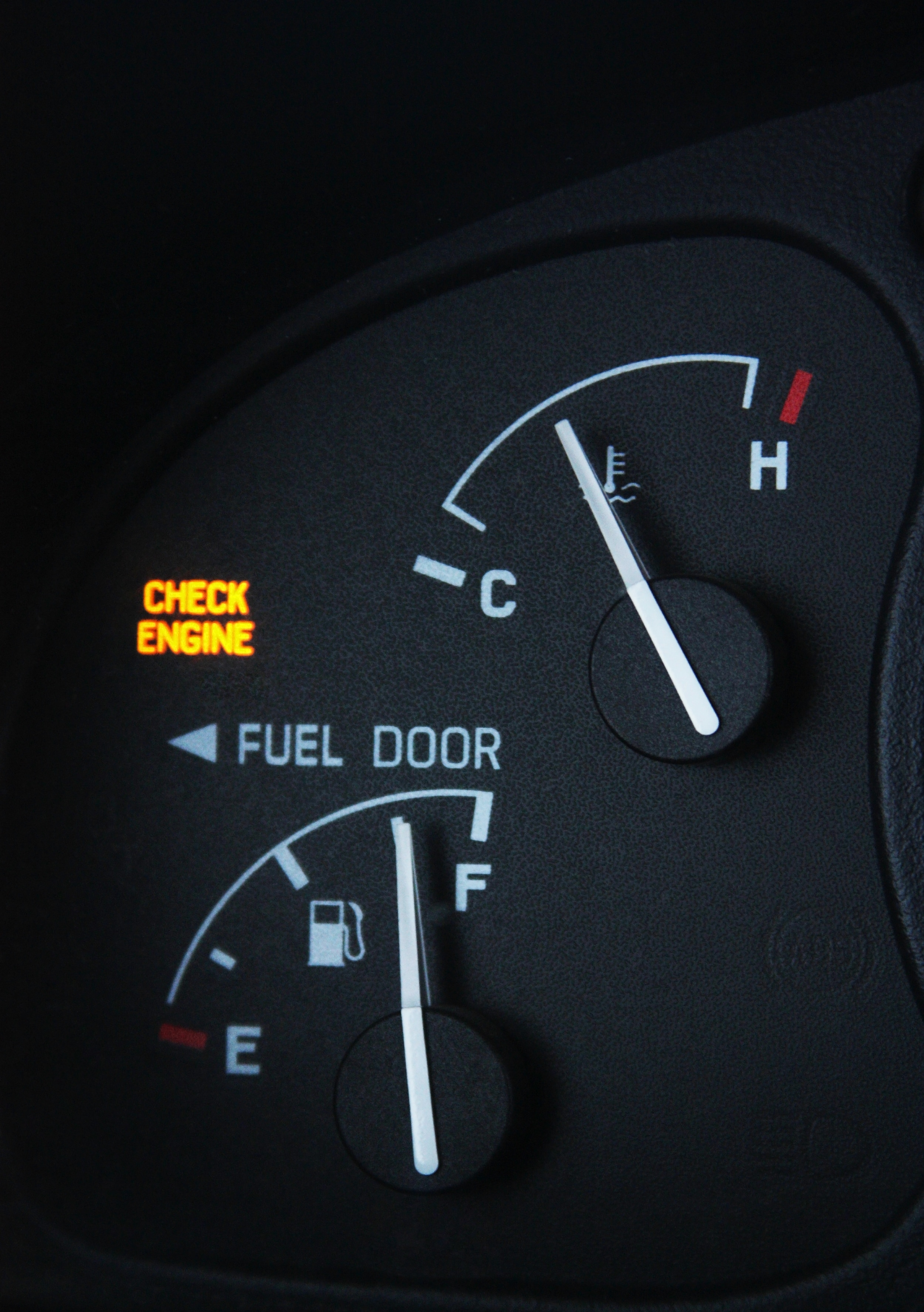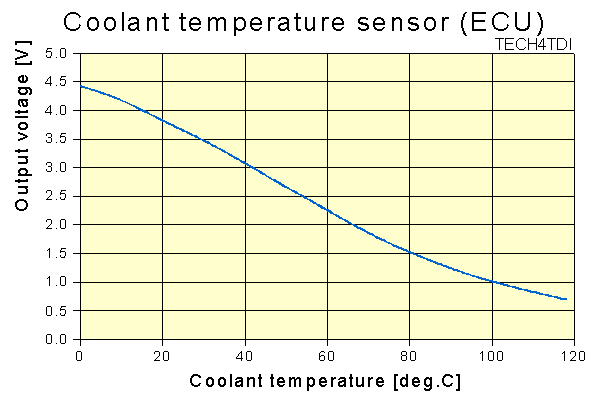

If steam occurs, it creates excess pressure in the system and cooling is no longer effective along with the need for that steam to escape. By pressurizing a cooling system to a number of lbs above atmospheric pressure you increase the temperature at which boiling occurs and thus the cooling system is able to operate at higher temperatures, removing heat from the block to the radiator effectively. When you have steam in the system, you are overheated. Water vapor (steam) in a cooling system is bad. I'm still curious about the operating parameters of the vehicle and as such would enjoy a scangauge, however until I chose to aford it I will remain satisified with the displays that Toyota did provide me.Īre you familiar with the concept of water boiling points and atmospheric pressure? The goal of a pressurized cooling system isn't so much about temperature as it is about raising the boiling point: the point where water turns to vapor. I don't need a temp gauge to feel comfortable driving a vehicle knowing that other safeguards are in place. The best thing to keep in mind is that some of the operating rules we are used to with conventional vehicles don't work in hybrid land. Honestly, others gave you useful data, I just punctuated the thread with my opinion and sundry vehicle experience. Happy motoring to you from another who lives east of the Cascade Curtain. But then again, that is my opinion on the difference between having gauges and haveing idiot lights or nothing at all. In fact most temp gauges are pretty much meaningless except that the tell you that you are either ok, or not ok. Engine temperature gauges are not an accurate way of determing coolant temperature. Just about everything built in the last 10 years will shut down the engine in an overheating situation, thus preventing damage if an overheating condition does occur. The concern about overheating is overstated with modern vehicles. A thermostat has to fail in the closed position. A radiator has to become so blocked with deposits that it no longer cycles coolant or dissapates heat well (this situation creaps up on you rather than just happening). There has to be a loss of coolant sufficient enough to reduce the volume of coolant cycling through the block and radiator. I don't honestly think so.Ī number of scenarios lead to overheating. All the years I was in college with friends driving equally old or worn out vehicles, I don't recall any of them being stranded or requireing repairs that were created by an engine overheating condition. Keep in mind that the engine might have already reached its targets to go dormant at stops or when appropriate, however if your cabin temp needs heat it will continue to run the ICE for heat.Īs a side note, I have never had a car overheat on me, and I've driven some pretty old and questionably maintained vehicles. When those events happen I know that the car has reached its temperature targets. That is also generally when the autoclimate system starts to back off the fan from higher speeds to lower speeds. However, when the vehicle finally "falls" into hybrid mode at light, I know I'm up to temperature.

Unlike Dave and others I don't have CANview or the Scangauge, although I would like a Scangauge. one day i stopped and the ICE temp dropped 5º while sitting at the light! at the end of the route i took was a light. the trips i took have no lights and a few quick stops. if you are island hopping out in the Puget Sound, there is no doubt imm that the breeze will be significant on my blog trip, the temps were one thing, but all the trips were done with a brisk wind. Keep in mind that wind will play a factor. most of my data has temps at 45º averaging about 48-50 mpg My averages on that trip varies from about 39 mpg 25º to 70 mpg 80+º. the commute is 7.4-8 miles (depends on where i park) nearly all at 35 mph. i also track mileage verses temps for my daily commute mostly because its short enough that the effects of temps show up more. i looked it up) was the synopsis of 3 cold dry windy days. The info on my blog i posted about dec 4, (I dont have that good a memory. on those days it took 5 mins to hit 150º and drove for 15 mins before temps got much above 160º one day i tracked my temps in 30 sec intervals on a day that was very cold and windy. i also had a few trips where temps were below freezing. my car warms up to 150º in an average of about 3 minutes doing city streets, this is with OAT in the 40's.


 0 kommentar(er)
0 kommentar(er)
